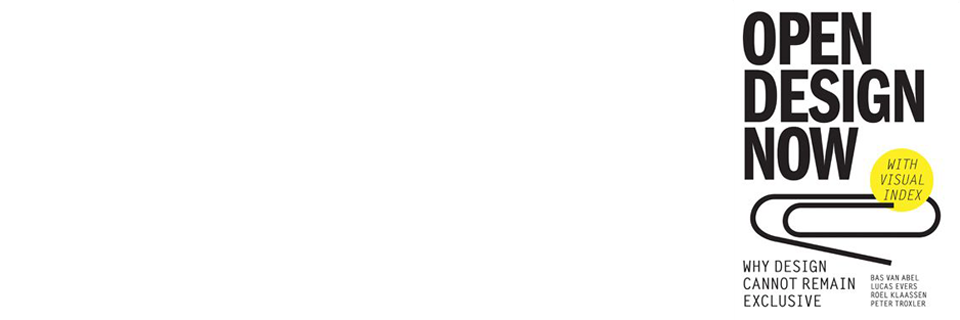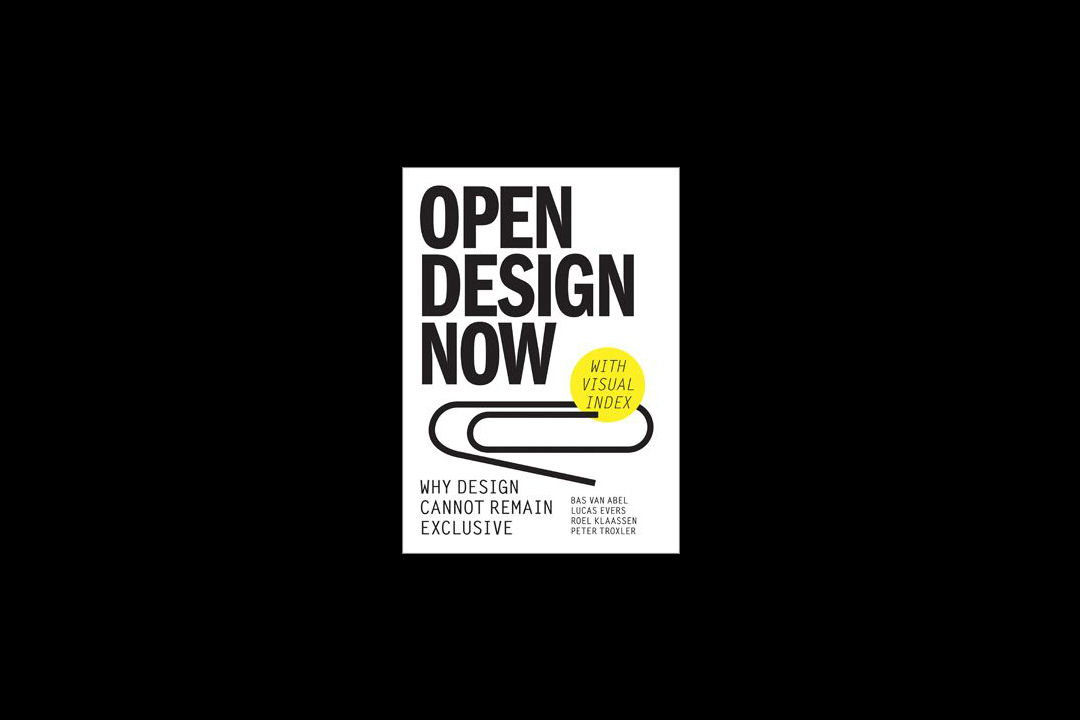Open Design

Research Centre
Art and Design Research Centre
Date
2010 - ongoing
Exploring the impact of the future of design, production and consumption in a Post-Professional era
Open Design is an emerging field of study, and has resemblances to the ‘Open Source’ movement in software creation. The idea is that designers upload their designs online and freely allow others to download, alter and manufacture their products. This obviously has huge implications for design and designers.
Professor Paul Atkinson has been exploring the issues surrounding Open Design for a number of years now. As a result of previous work he did in the area of Do It Yourself and Amateur Design, Paul was invited to become a member of the International Advisory Board of ‘The People’s Republic of Design’, an initiative run by Premsela.Org, the Dutch Platform for Design and Fashion.
In this role, he have given public lectures and run workshops about Open Design and its impact. He has also delivered conference papers and written journal articles about the subject. Most recently, Paul has written a chapter, ‘Orchestral Manoeuvres in Design’, for the first book to give an overview of the exciting area for design, Open Design Now: Why Design Cannot Remain Exclusive, published by BIS Publishers. The chapter looks at how the role of professional designers will have to change in the future, proposing that designers may have to become less like sole authors of work, and more like co-designers of pieces jointly created by a group of people, much like a conductor works with an orchestra to interpret and produce a composer's score:
“The concepts of open design - the collaborative creation of artefacts by a dispersed group of otherwise unrelated individuals - and of individualised production - the direct digital manufacture of goods at the point of use - at first sound like something from a Utopian science fiction film. And yet here we are. We can now easily download designs from the internet, alter them at will to suit our own needs and then produce perfect products at the push of a button.
Magic
In many ways though, there are huge similarities here to much older practices of production and consumption. The emergence of Do It Yourself as a necessity for many is lost in the mists of time, but defined as a leisure pursuit, a pastime, it emerged from a perceived need to 'keep idle hands busy' - and in the hours following a long working day, acted only to bring the Victorian work ethic from the factory into the home. DIY = Productive leisure.”
View Paul's article on the book's website.
Researchers involved
Professor Paul Atkinson - Professor of Design and Design History
Related projects
Computer History - The computer has in many respects become so common that it largely...
Delete - While most historical accounts of the development of computer design focus...
Open Design for Medical Products - PhD case study - Involving users in the design of medical products appears to be...
Post Industrial Manufacturing Research Group - For a number of years now, I have been considering the impact of new and..


